Body Exercises are essential for preparing and strengthening your body. Discover a thorough home exercise strategy that includes fundamental warm-up exercises such as Jumping Jacks, High Knees, Good Mornings, and Chenilles, followed by a comprehensive training session. The training regimen features five effective Body Exercises: squats, rear lunges, alternate superman, elevated push-ups, and knee planks. Each of these Body Exercises is outlined step by step to ensure proper technique and maximum efficacy. This approach to Body Exercises is suitable for all fitness levels, helping you gain strength, improve stability, and enhance overall body fitness. Ideal for those aiming to maintain a consistent training routine in 2024.
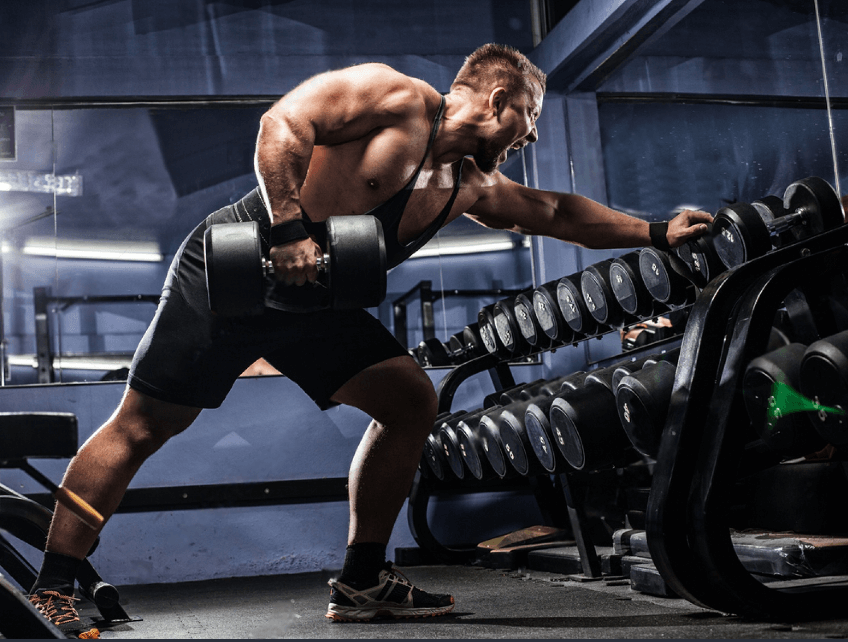
Warm-Up and Full-Body Exercises
If you are only at the beginning of your fitness journey, it is critical to learn the fundamentals first. Basic exercises such as squats, fets, and pushups are essential for training. They include the most important movement patterns in your body and provide the foundation on which you may later rely. As a result, you will no longer be able to trip when doing squats. It makes no difference whether you lift 80 kilograms in a squat or if you train without weights. You’ll know right away whether you have them under control or not. The same principle applies to pumps and tractions. This is why bases are so crucial while also being effective.
Our training doesn’t require any equipment and allows you to train your entire body. For starters, your body weight is sufficient. The workout will still be intense, promise! Execute the exercise slowly and concentrate to ensure proper technique, good breathing, and proper contraction of your body. Inspire before restarting (take the time to clench your abs and activate the muscles involved in the exercise). Expiration occurs via the mouth during the effort, such as when you are accused or while you are remounting a Pompe.
L’échauffement -Body Exercises
Allow yourself 10 minutes to prepare your body for the workout. You can do Jumping Jacks, High Knees, Good Mornings, and Chenilles.
The training session
This session consists of five exercises. Perform the specified number of repetitions and series, then take a 90-second break between series. The planche is a static exercise that works on a predetermined time interval. If the planche on the knees is too easy for you, you may switch to a standard planche.
The exercises Warm-Up and Ful.
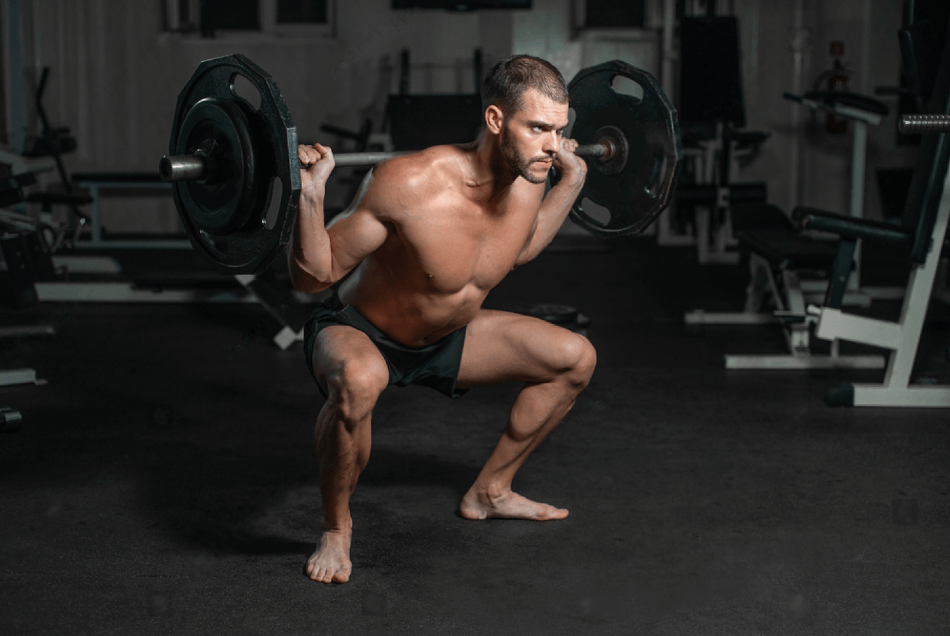
Squats Body Exercises
Hold your feet at the width of the hanches, your head to the right, and your gaze is directed forward. Your ears are somewhat pointed toward the outside. Fléchissez les genoux en les tournant vers l’extérieur, laissant vos hanches entre vos cuisses. During the descending phase, let your legs go forward and sit over your feet. Extend your arms in front of you while embracing. Invert the movement by using the force of your legs to lift yourself, gently erect your knees and hips, and then return to your original position.
- Muscles include cuisses, fessiers, and tronc.
- Keep your feet on the ground and distribute your body weight evenly across the three locations listed below: the wide toe, the outside edge of the foot, and the talon.
Rear faces Body Exercises
Place your feet at the edge of the hanches and your hands on them. Make a step towards the back while keeping your right hand on your hip. Your back foot is placed on the tip of the toes. When you take a step back, fléchissez a little the genou in front of you, then descend a little further when your back foot touches the ground. Hold your genou behind you, facing the ground. Invert the movement by pushing with the front foot’s talon. You have thus returned to the previous place. With each repetition, switch sides.
- Muscles include cuisses, fessiers, and tronc.
- Attention: Contract your abdominal muscles to maintain stability and keep your pelvis straight.
Superman alterné Body Exercises
Take a seat on the floor. Your arms and legs are tense, and your eyes are directed upwards. Contract your body while also relaxing your right arm and left leg. Maintain tension and controllably lower your arms and legs. Then, lift your left arm and right leg. Continue the exercise by switching sides between each repetition.
- Muscles: extenseurs du dos.
- Work without enthusiasm and keep your gaze fixed on the ground.
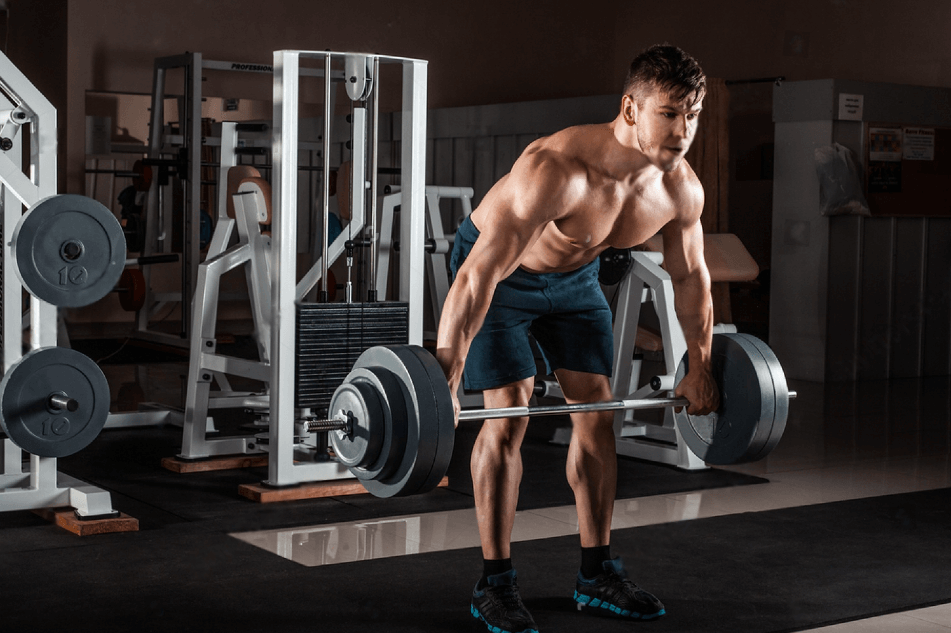
Elevated Pompes Body Exercises
Stand in front of a bank. Place your hands on the bank at the base of the epaulets and back away a few steps until your hands are turned to the back and your body forms a straight line. Gently push your upper body forward. Your hands are at the level of your chest. Pull your bras slowly; your coudes are slightly angled towards the back. Bail out as much as you can while remaining contractually obligated. To reverse the movement, push upwards in a controlled manner while holding your arm.
- Muscles: pectorals, triceps, shoulders, trunk.
- Attention: If pompes on a bench or a chair are too difficult for you, you may also do them against a wall.
Knee Plank Body Exercises
Appuyez-vous au sol sur vos avant-bras, gardant vos genoux au sol. Your shoulders are just behind your shoulders, and your head is positioned directly above the length of your vertebral column. Maintain a low basin: your body should create a line. Maintain the position.
- Muscle: tronc.
- Keep the base parallel to the ground and contract the fessiers.
This yoga exercise trains your sense of balance and improves your focus.
Many sports require good balance. In golf and baseball, it is necessary to move one’s body weight while also exerting a great deal of power. This ability is also sought in patronage and ice hockey, however, speed must also be considered. In “stop and go” games such as football, volleyball, and basketball, a good sense of balance is required to maintain rhythm during an elbow-to-elbow course. As you can see, the sense of balance is quite crucial for you as an athlete. It helps you move more precisely, maintain more stability, and avoid injuries.
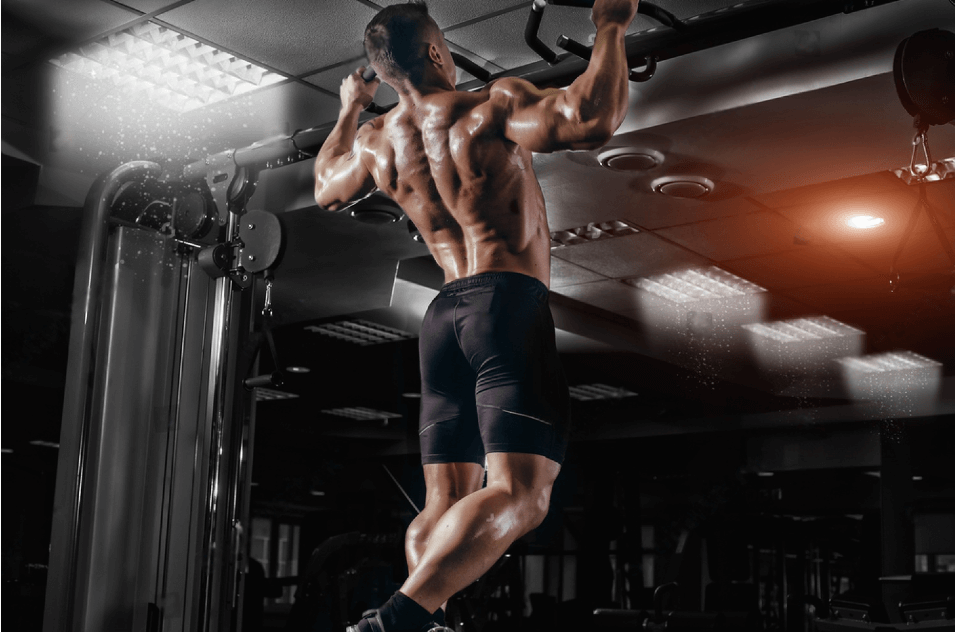
If you choose Musculation or CrossFit, basic exercises such as squats, lunges, tractions, and snatches should be a part of your workout program. A good balance and stability are also key to success in this field, allowing you to perform all potential movement patterns with your approach. Do you want to improve your sense of balance and performance? If this is the case, practicing yoga more frequently might be a good idea. Many yoga exercises put your balance skills to the test and specifically target your abdominal and deep muscles.
Many studies have been conducted on the benefits of this millenarian practice, which was originally designed as a preparation for meditation. For example, A study conducted in 2016 investigated the effect of yoga on the sense of balance in male university athletes. The subjects were divided into two groups. The first group practiced yoga every two weeks for ten weeks, while the second group continued with their regular training. The researchers concluded that regular yoga practice might improve the balance and flexibility of the first group participants. They concluded that athletes can improve their performance in other activities that require balance and flexibility.
How does your body remain balanced?
The sense of balance is made up of three components: visual perception, vestibular perception, and proprioceptive perception. Visual perception is the act of orienting oneself in space using the eyes. In yoga, a “drishti” is a fixed place that one looks at throughout practice to maintain balance more easily. It is often recommended to focus on one’s drishti during the course, especially for yoga exercises that require balance.
The vestibular perception refers to the inner ear’s balance mechanism. When you move your head, the ciliated cells of your internal ear detect the movement. The ciliated cells are connected to nerves that alert the brain about the direction your head is moving.
To move.. If you’ve ever had vertigo as a result of an internal ear infection, it’s because your vestibular perception was disrupted. You’ve probably heard of proprioception with physical exercise, which is the way athletes appear to be aware of where they are and how their bodies move, even when they run at high speeds or perform complex movements. It refers to their perspective of their own body in space. The receptors located throughout the Body Exercises provide information to the brain about the muscles, tendons, and joints that are currently active, as well as their location. For example, when you lift a piece of soil and maintain your balance on one Jambe, the touch receptors on your feet send signals to your brain.
Why do we recommend the Guerrier 3 yoga exercise?
Several yoga exercises can improve your balance. The Guerrier 3 position is a challenging exercise that you will encounter frequently during your yoga practice. It promotes strength, balance, and focus. The benefit of this yoga position is that it promotes both enrapture (the support leg is firmly planted on the ground) and expansion in space (the lifted leg and the upper Body Exercises are aligned).
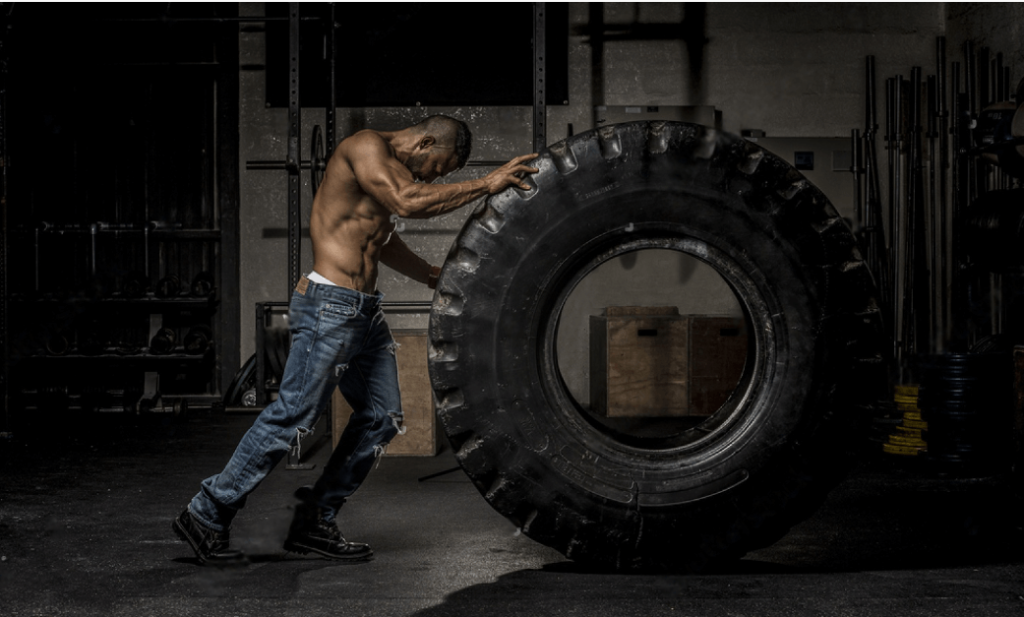
How do you carry out the Guerrier 3 posture?
Make a big step forward with your right foot and position yourself in front. The front foot is firmly planted on the ground, while the back foot is elevated. Take a step forward and lean on your support hand. At the same time, curl your left leg away from the ground, with the tip of your foot pointing toward the ground. Extend your arms forward while keeping your palms facing each other. Your arms are at the height of your head, your shoulders are straight, and your Body Exercises is parallel to the ground. Look down. Maintain your position while breathing continuously. Execute also the guerrier 3 posture with the other jamb.
- Strengthening the following muscles: thighs, glutes, spine erectors, trunk, and shoulders.
- The following muscles are included: broad dorsal, hamstring flexors (leg lift), and hamstrings.
- Psychological effect: promotes attention, provides both freedom and confinement and aids in gaining an overall perspective.
Some Tips for Getting into Warrior Stance 3 Easier
Warrior Pose 3 is not suitable for novices. To do it successfully, you must have strong balance and strength. Observing your breathing might help you figure out how far you should go in a position. Can you no longer breathe properly? Relax and approach things more gently. If you haven’t been practicing yoga for a long time or can’t hold the posture yet, there’s no need to drop it entirely from your routine. Here are several alternatives to make achieving Warrior Pose 3 easier.
1. Four-legged version.
Get on all fours. Your knees are under your hips, and your palms are beneath your shoulders. Contract your core muscles, then raise your right arm and left leg off the floor, keeping them parallel to the ground.
2. Variant including a wall
Turn your face towards the wall. Move a few steps away from the wall and into Warrior Pose 3. Your arms are outstretched, and your palms or fingertips are against the wall.
Another option is to put your back on the wall and leap forward. Get into Warrior Pose 3 and press your back foot on the wall.
3. Variation using a yoga block.
Hold a yoga block with both hands. Enter Warrior Pose 3 and stretch both arms forward while gripping the block.
For the second option, you will need two blocks. Place them side by side in front of you on the highest level of the floor. Lean forward and lay both hands on the blocks to enter Warrior Pose 3.
4. Variant with varied arm positions.
Extend your arms behind you, keeping them close to your Body Exercises. You can fold your arms and maintain a prayer stance by pushing your palms together in front of your chest. This provides additional stability.
Tip: For pregnant women, the four-legged form is the best option since it is more solid and prevents falls. If you have knee or ankle difficulties or an acute herniated disc, avoid Warrior Pose 3 and seek medical attention.




